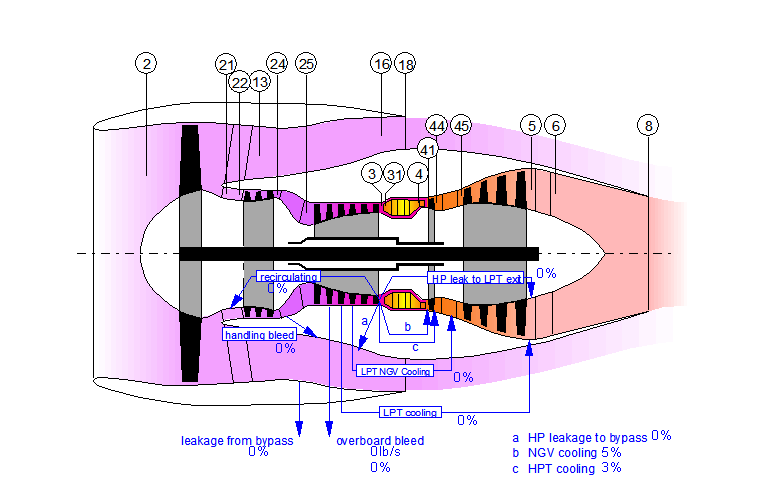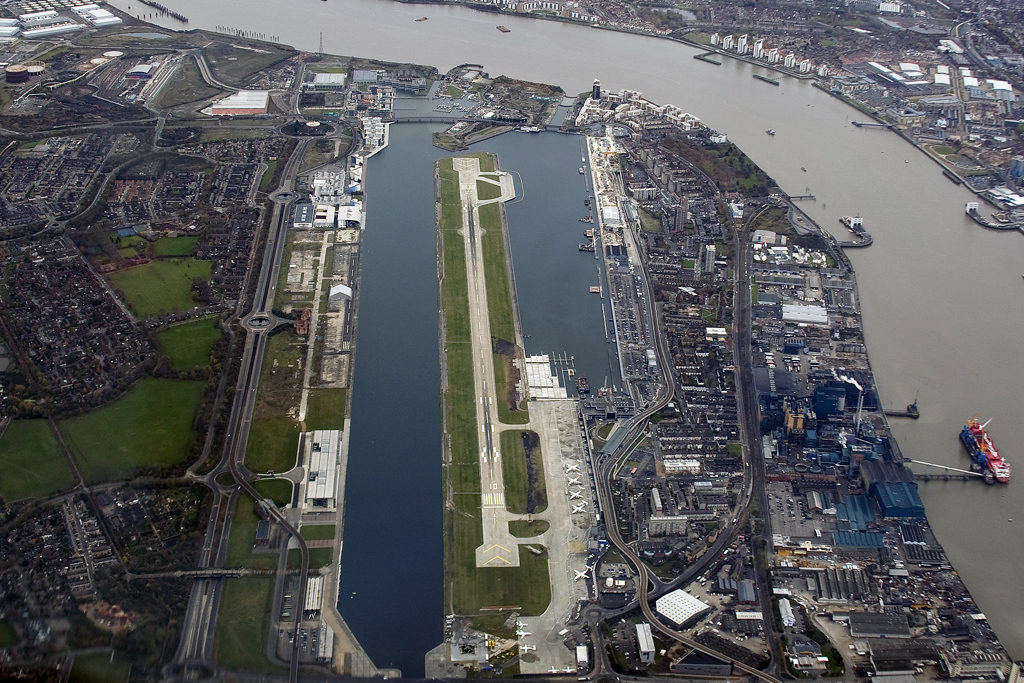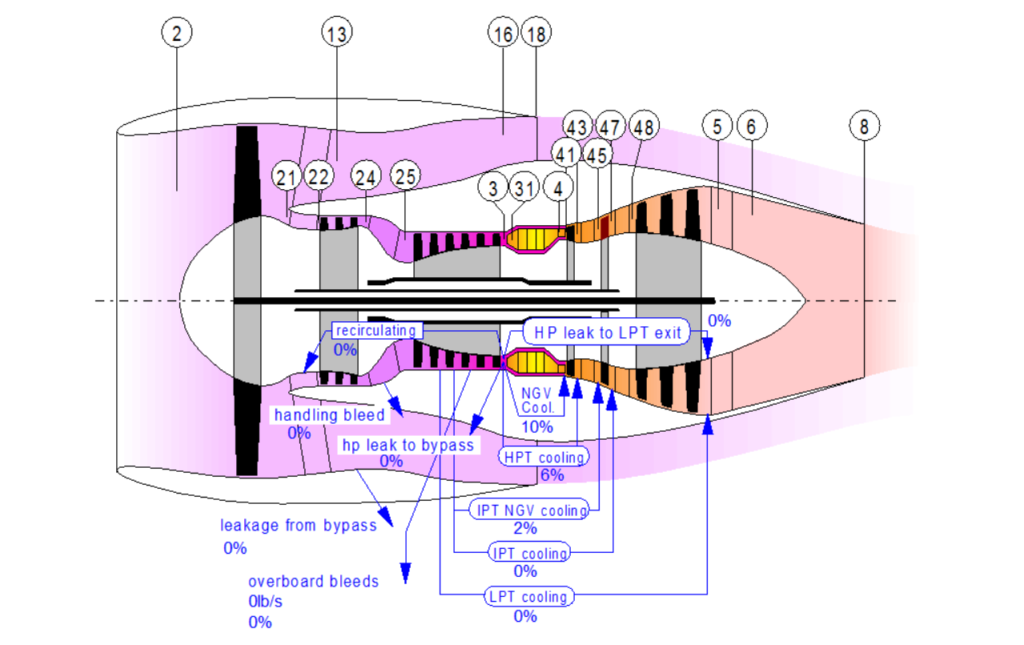Leeham News and Analysis
There's more to real news than a news release.
Bjorn’s Corner: Aircraft engines maintenance, Part 2
March 10, 2017, ©. Leeham Co: Last week we started the series how airline turbofans are maintained. We described the typical work scopes and what the intervals were for different single-aisle engines.
Before we can describe the engine maintenance market we must get a feel for the market size for different engine types.
We will start with understanding the single-aisle engine maintenance market. Read more
Bjorn’s Corner: Aircraft engine maintenance, Part 1
March 3, 2017, ©. Leeham Co: We will now go through how airline turbofans are maintained. First, we will describe the typical work which is performed, then look into the markets for engine maintenance.
In the markets for engine maintenance, we will look at who the players are, how they are related to the engine OEMs and why the market dynamics are very different between engines for single-aisle aircraft and wide-bodies.
Bjorn’s Corner: Turbofan engine challenges, Part 4
November 18, 2016, ©. Leeham Co: In our series on modern turbofan airliner engines, we will now go deeper into the compressor part. Last week, we covered the fundamentals of compressors. As compressors and turbines use the same principles, we also covered the fundamental working principles of turbines.
We also described that compressors are temperamental parts, which can protest to wrong handling with violent “burps” (burst stalls with the combustion gases going out the front of the engine) or end up in a rotating stall where it simply stops working.

Figure 1. Stylistic cross section of a two shaft turbofan with both axial and radial compressor. Source: GasTurb.
Turbines, on the other hand, are your robust companions. Aerodynamically they just work, albeit more or less efficiently dependent on what one asks them to do (mechanically it can be very different; we recently saw a turbine disintegrate with large consequences on an American Airlines Boeing 767 in Chicago). More on the turbines later.
In the GasTurb cross section of a two shaft turbofan in Figure 1, the engine has both an axial and a radial compressor. We will consider why engine designers combine these two for certain engine types. Read more
Bjorn’s Corner: Turbofan engine challenges, Part 3
November 12, 2016, ©. Leeham Co: In our trip through a modern turbofan airliner engine and its technologies, we looked last week at the engine intake and the fan. We now continue with the compressor parts.
As compressors and turbines use the same principles (but in opposing ways), we will look at these principles this week and how their roles in the engine create their special characteristics.
As before, to make things concrete, we use a GasTurb simulation of a Rolls-Royce Trent XWB 84k engine to look at practical data when needed. As before, I have no specific knowledge about the engine and will not use any data outside what is public information.
The GasTurb cross section of a three-shaft turbofan is shown in Figure 1. We will examine the sections between station numbers (22) and (3) and (4) and (5) in the general discussion of compressors and turbines. We will then look at some data for common compressors. Read more
Engine industry clamoring for road back
By Bjorn Fehrm
Subscription required.
Introduction
October 13, 2016, ©. Leeham Co: The airline engine industry is like a ticking bomb. Over the years, a business practice of selling the engines under manufacturing cost and planning to recover costs and make a profit on the aftermarket developed. This goes back decades.
The practice was fostered by fierce competition over the engine contracts for aircraft which offered alternative engines. The losses of the engine sales could be made up later by selling spare parts and services at high margins.
These “jam tomorrow” practices have several implications. The engine industry is now confronted with these and wonder how it could put itself in such a bind. How to handle these and what is the way back?
Summary:
- High competition in engine sales forced ultra high discounts for the up-front engine sale.
- Aftermarket schemes was created that should recover profits over spare parts and services.
- But these maintenance practices create all sorts of problems in the used engine market.
- The engine industry now wants to return to more normal business practices. But how do they find the way back?
Airbus will recover 2016 production
By Bjorn Fehrm in Hamburg
Introduction
May 30, 2016, ©. Leeham Co:
Airbus has got off to a slow start for A320neo and A350 production this year. The Airbus Hamburg and Toulouse airfields are filled with A320neo aircraft waiting for engines and the A350 Final Assembly Line (FAL) in Toulouse has 40 aircraft in different states of readiness but very few are being delivered. Out of target of 50 A350 delivered in 2016, a total of nine have been delivered to customers so far.
“We have been making gliders for some time now,” said Airbus COO Tom Williams in an Airbus briefing in Hamburg,”but that is about to finish. We are getting delivery of engines from our partner Pratt & Whitney, which has a fix for a prolonged starting time and we have fixed other issues for the A320neo with software updates and changed procedures”.
“When it comes to A350 we have enough aircraft in final production ready for customer delivery after cabin installations,” Williams said. “Now we just got to work through some persistent supplier problems for the cabin side.” Read more
Bjorn’s Corner: What did we learn in 2015; engines
15 January 2016, ©. Leeham Co: Last week we looked back on what happened in 2015 on the airframe front. We finish the retrospective by looking at what turbofan engine technology came to market in 2015. New engine technology is vital, as it is on the engine side that the quest for higher fuel efficiency has the largest successes.
While advances on the airframe side might bring an additional 5% per generation, the engines typically increase their efficiency per new generation with up to three times that value. Fuel efficiency per delivered thrust unit was improved with a whopping 15% over the engine it replaces for the Pratt & Whitney Geared Turbofan (PW GTF). It was certified for use on the Airbus A320neo in Q4 2015
The competing CFM LEAP-1A shall deliver the same improvement level to the A320neo once it is certified in the summer of this year. This engine has a smaller sister that started ground tests last year, the LEAP-1B, which is developed for the Boeing 737 MAX series.
The engine that is easily forgotten is the Rolls Royce Trent XWB. It entered service on the Airbus A350-900 during the year. It brings an improvement level of around 10% compared to the engines of the aircraft that the A350 replaces (Airbus A340/A330ceo and Boeing’s 777-200 range).







